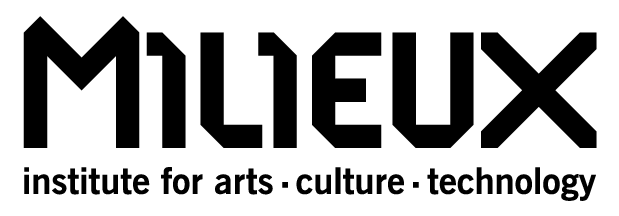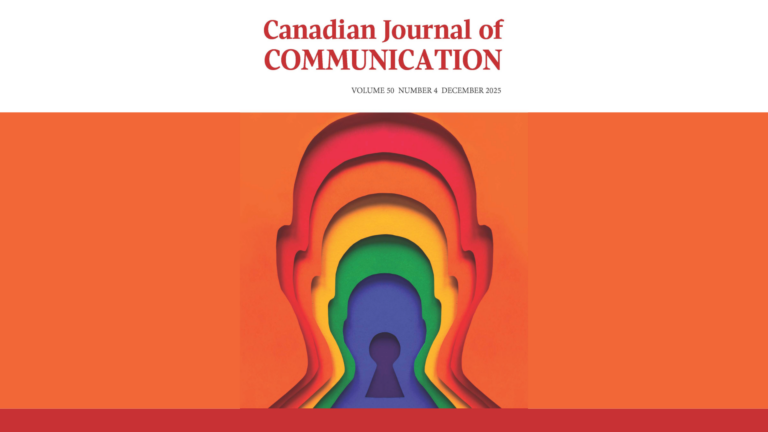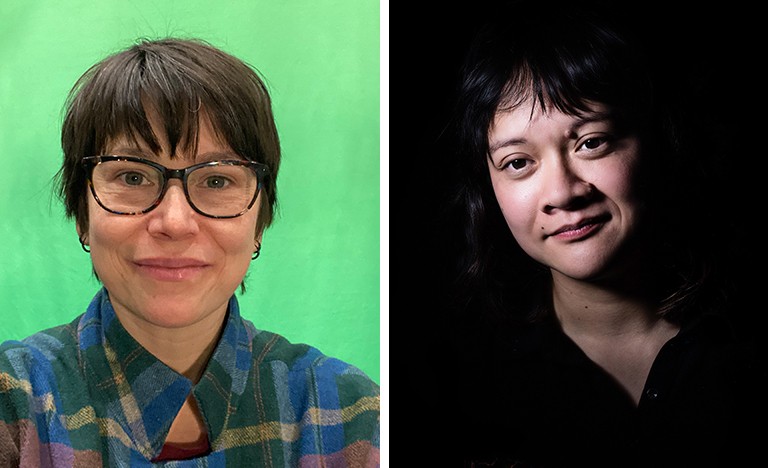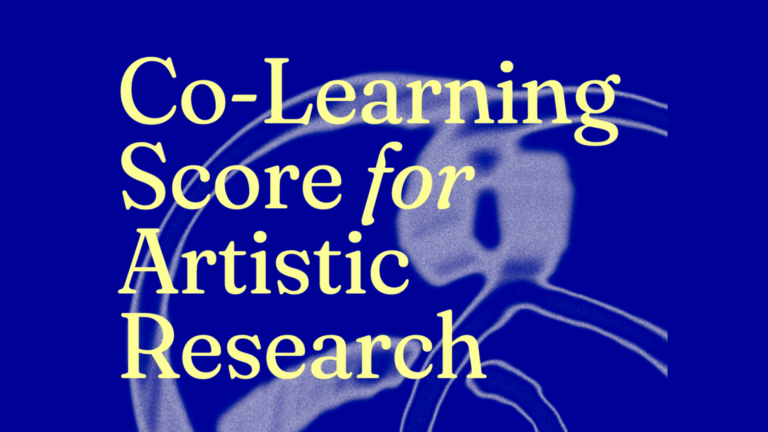http://localhost/mlx/wp-content/uploads/2017/01/milieux-news-postimage-Epstein1-1024×806.jpghttp://localhost/mlx/wp-content/uploads/2017/01/milieux-news-postimage-Epstein2-1024×794.jpghttp://localhost/mlx/wp-content/uploads/2017/01/milieux-news-postimage-Epstein4-1024×795.jpghttp://localhost/mlx/wp-content/uploads/2017/01/milieux-news-postimage-Epstein5-1024×815.jpghttp://localhost/mlx/wp-content/uploads/2017/01/milieux-news-postimage-Epstein6-1024×817.jpghttp://localhost/mlx/wp-content/uploads/2017/01/milieux-news-postimage-Epstein7-1024×682.jpghttp://localhost/mlx/wp-content/uploads/2017/01/milieux-news-postimage-Epstein8-1024×682.jpg
Mitch Epstein talk
Jan. 12 2017
On a quiet Thursday evening, Mitch Epstein presented his work to a packed audience at Milieux and gave insights into his working methods and larger themes in his work. He presented Recreation: American Photographs 1973-1988, The City, Family Business, American Power, New York Arbor, and his newest work Rocks and Clouds. Epstein spoke to the audience like a friend in a coffee shop, relaying witty anecdotes and poignant moments from throughout his career. The foundation of his talk centred around two notable bodies of work: Family Business (image 1-2), a multiple media project about Epstein’s father and the demise of the family furniture store and real estate business, and American Power (image 3-5) in which Epstein photographed large-scale energy infrastructure across the United States.
Mitch Epstein (born 1952, Holyoke, Massachusetts) is a fine-art photographer who helped pioneer fine-art color photography in the 1970s. His photographs are in numerous major museum collections, including New York’s Museum of Modern Art, Metropolitan Museum of Art, and Whitney Museum of American Art; The J. Paul Getty Museum in Los Angeles; the San Francisco Museum of Modern Art; and the Tate Modern in London. mitchepstein.net
Mitch Epstein’s talk was organized by the Photography Program and the Post Image Cluster with the generous support of all the Photo Concerto contributors and the Milieux Institute for Arts, Culture and Technology.
http://localhost/mlx/wp-content/uploads/2017/01/milieux-news-postimage-Desranleau1.jpghttp://localhost/mlx/wp-content/uploads/2017/01/milieux-news-postimage-Desranleau2-1024×682.jpghttp://localhost/mlx/wp-content/uploads/2017/01/milieux-news-postimage-Desranleau3-1024×682.jpghttp://localhost/mlx/wp-content/uploads/2017/01/milieux-news-postimage-Desranleau4-1024×683.jpg
Exploiting the Full Potential of Solvent Inkjet Printing: Opaque Inks and Materiality
A Workshop by Yannick Desranleau
Nov. 23 2016
In this workshop, Yannick discussed the possibilities and applications of one of the two large format printers available to researchers at Post Image: the Epson S70670, a solvent ink printer. Solvent printers are usually associated with commercial applications like signage but are increasingly used in fine arts and research contexts. The S70670 allows researchers to print on a wider variety of materials such as mylar, transparency film, banner, adhesive vinyl, and much more. Post Image cluster members who have used this printer to produce work for exhibitions include Jessica Auer, Marisa Portolese, Andreas Rutkauskas, David K. Ross and Raymonde April.
During the workshop, Desranleau presented some recent work (image 1) which used the solvent printer to produce layered prints on transparent polyester film. This ink layering uses white or metallic silver ink to first print a solid colour on top of which an image is printed, which produces a sort of “opaque” print visible on one side but not the other. It’s interesting to note that Desranleau comes from a screen printing background, and that the solvent printer can be used in a similar way to produce layered prints. During the workshop, he also described the process of making custom profiles for almost any printable material, expanding the limits of the materials on which researchers at Milieux are able to print.
Yannick works collaboratively with artist Chloë Lum, formerly under the pseudonym Seripop, more of their work here: lum-desranleau.com. They are multidisciplinary visual artists based in Montreal. Their work focuses on the lifespan of material; how material stresses cause fading, scuffing, peeling, crumpling or crushing, and, how these reactions can be said to animate the materials.
http://localhost/mlx/wp-content/uploads/2017/01/milieux-news-postimage-Ross1.jpghttp://localhost/mlx/wp-content/uploads/2017/01/milieux-news-postimage-Ross2.jpghttp://localhost/mlx/wp-content/uploads/2017/01/milieux-news-postimage-Ross3.jpghttp://localhost/mlx/wp-content/uploads/2017/01/milieux-news-postimage-Ross4-1024×683.jpghttp://localhost/mlx/wp-content/uploads/2017/01/milieux-news-postimage-Ross5-1024×682.jpg
David K. Ross talk at Post Image
Nov. 15 2016
“Accompanying the exhibition was an eponymous, limited edition publication which served as a hybrid instruction manual/memoir elucidating the processes involved in becoming both a surveyor and a film maker.” – David Ross
David Ross’ talk was framed around a series of screenings and an exhibition that took place at the Rice Media Center (Houston TX), Sep. 8 2016 – Oct. 18 2016. Several of David’s films were screened: Le Phare (2012), The European Rooms (2014), Théodolitique (2015), and Trailer (2012). In addition, David presented an installation, The Traces of Lost Facts, in the Rice Media Center’s main gallery space which consisted of research materials and traces of the production process of Théodolitique (2015): location photographs, to-do lists, budgets, rental agreements, invoices, storyboard sketches, archival images, etc. These materials were presented 14ft from the floor, making them viewable only by looking through a series of optical devices placed throughout the mezzanine. Throughout his talk, Ross addressed the surprising relationships between filmmaking and surveying as well as the ways in which the making of his film Théodolitique mirrored the process of becoming a surveyor. As pointed out by Post Image cluster member Jessica Auer, Ross’ work “shows the viewer how to see” and this is particularly evident in the optical approach employed in the exhibition design of The Traces of Lost Facts.
David’s work is concerned with the processes and activities which enable infrastructural monuments, cultural institutions, and architectural structures to exist. Using photography, film and installation to carry out these inquiries, I have examined the performative capacities of un-choreographed and un-scripted activities, along with the relationships that exist between the recorded event and its re-presentation in physical space. inferstructure.net
Images by Matthew Brooks. Text by Elise Cotter and Matthew Brooks.



